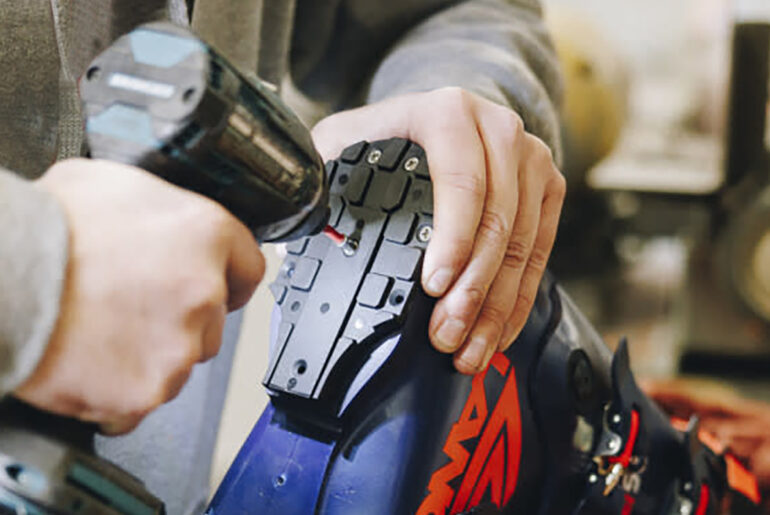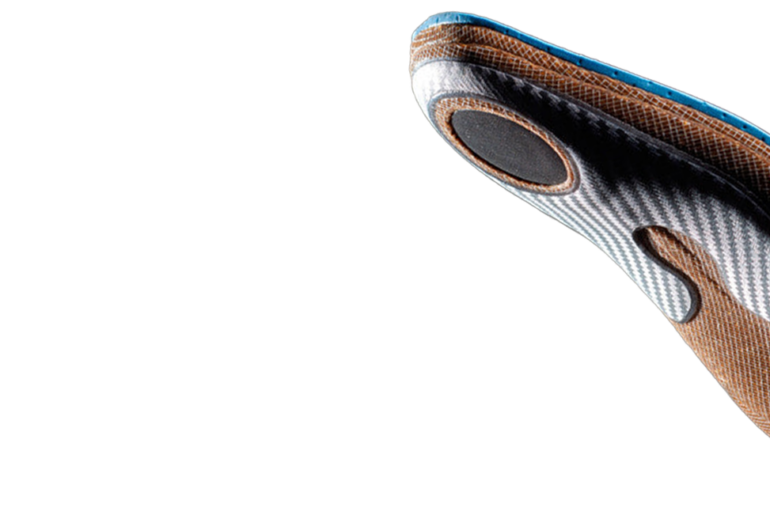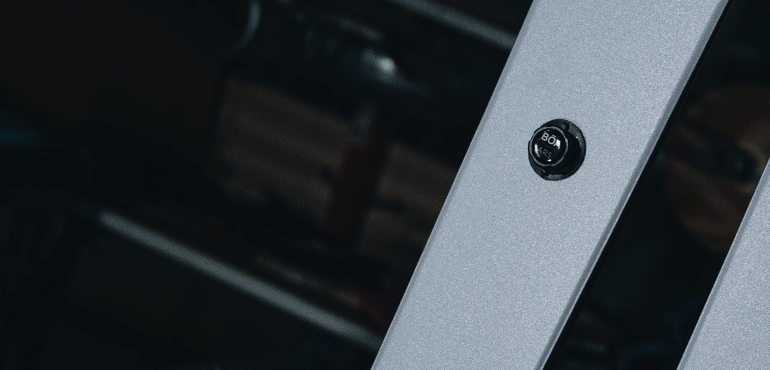Hestra make the best ski and snowboard gloves available, but I am often asked – are the Hestra bike gloves just as good?
Scott – The Skiers Lounge & The Bicycle Barn
We sell hundreds of pairs of Hestra Ski Gloves and Mittens every season and for a very good reason – they are some of the best gloves for alpine conditions on the market, offering durability, performance and very long life. We are often asked by Hestra our customers “Are the Hestra bike gloves and mitts as good as their ski gloves?”
The short answer is a resounding “yes!” but as we are an independent small business we are not under pressure to say this, or to stock Hestra bicycle gloves. We test everything we sell and only stock products that our team of staff would pay for themselves and use regularly. We have been using Hestra bicycle gloves for over 10 years and have seen them evolve into a range of cycling gloves designed by cyclists, for cyclists, with aesthetic appeal to match the Hestra fit and durability we expect.

We were keen to find out more about the cycle gloves range from Hestra so put some questions to the Hestra Gloves product manager Jonas Magnusson who was kind enough to spare some time to answer them…
When did Hestra first start making bicycle gloves, and how has that journey developed?
Jonas – We’ve been making bike gloves for roughly 30 years now, since the mid 90’s. When Åre in our home country Sweden held the World Championship for mountain biking in 1999 we designed a few gloves leading up to the event.
Ever since, bike gloves have been an important part of our collection. Initially focussed on mountain biking but for many years now also for road cycling, commuting and more fall/winter specific styles.
What does a Hestra Cycling Glove offer a customer compared to the competition?
Jonas – Essentially all our 88 years worth of experience from glove making is applied and lies as a foundation regardless if we’re making bike gloves, ski gloves, dress gloves etc. Fit for instance is such a critical part of all glove making. The less insulation you have as – is common in many bike gloves – the more easily you can feel whenever the fit is off. Or seen the other way around a good fitting glove is one were you hardly notice or reflect about it. But for instance, we have a good sense of what materials work together, what potential difficulties/critical points in production typically can be, coupled with general user experience whether from ourselves and colleagues or through athletes, such as what areas tend to see most wear. Given we make gloves for so many different end-uses we have quite an extensive material portfolio to choose from as well.
So generally, I’d say that our bike gloves with more weather protection such as for fall and winter cycling and wet conditions are good examples were we typically have more experience than many industry colleagues. When you must consider different linings, inserts/membranes, stretch of fabric, sometimes also insulation and how it can work together. In those cases, we can apply many of the designs and material combinations from our winter sport segment, such as our cross country gloves, possibly with a few adjustments to tune the last part and make it more specific to cycling.
Who is designing the gloves, and how are they doing it?
Jonas – Yes, our design team is based at our HQ here in Hestra Sweden, comprising of three designers and two design assistants. All product development is done from here.
For sport and bike gloves specifically it’s primarily my designer colleague Petra Arnesson . Together with the sample team/product development team at the factory and most importantly the pattern maker they together take some specifications, material selections, directions on fit, aesthetics all from here, and then the pattern maker plays a crucial role in translating that and developing patterns that achieve the intended fit etc.
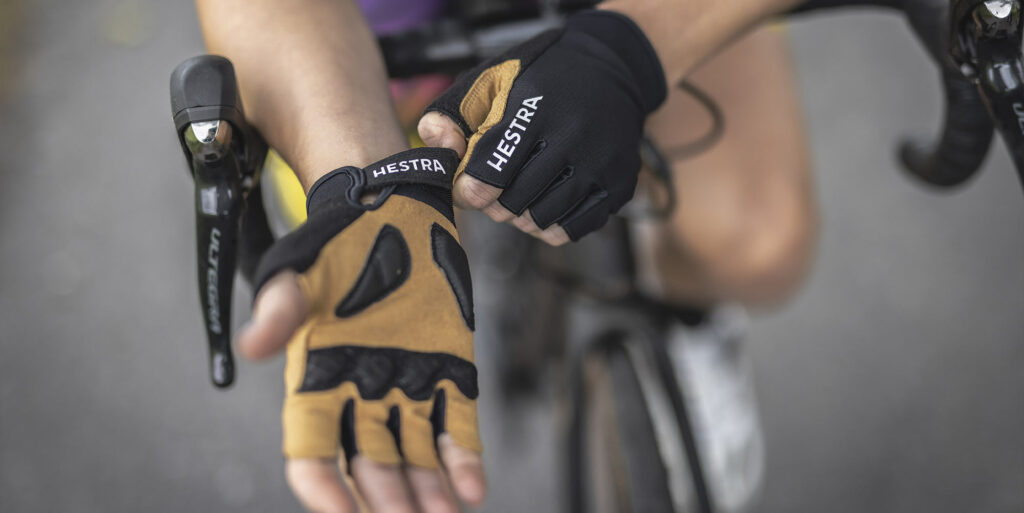
How long does Hestra spend from concept, through to design and choosing the colours for a glove?
Jonas – It depends on the complexity and whether a given style and its materials are close to something we already have in the collection or if its more novel, original, with new materials and more complex design. But in general, the process is minimum 3 months, but 6-8 months is more normal practice. Oftentimes material sourcing needs to start several months prior to going more style specific in the development. So, the total development time can extend further.
A bit simplified but the process is roughly; Material sourcing – style/design creation – pattern making/first prototype – 2nd prototype (adjustments) – commercial sample/prototype (style finalization) – size set/final fit adjustments if necessary. At different stages along the way you may have different tests as well such as abrasion tests.
How do you test your new glove designs?
Jonas – First is typically to carry out tests on the materials in question with abrasion for the most part being the one most relevant to the quality and durability. Though it needs to be balanced against other properties like stretch, softness so we can assure a good fit, and tactility. Some trade-offs are essentially always necessary in the sense that the most durable materials are often not the ones providing the best fit as they can be too heavy and stiff, but rarely do these trade-offs have any significant relevance in the end as the materials chosen should hold-up for what it’s designed for but it’s only natural that abrasion requirements in cycling or heavy-duty industry varies.
Glove designs are firsthand tested by us and colleagues and from time to time also with athletes and partners. If a design is more novel, we’d do more thorough tests but oftentimes it’s an existing design and construction though perhaps used in a new product or setting and then we have better experience and a quite good idea of what to expect.
A big “thank you” for Jonas for taking the time to answer my questions. Hestra offer a very wide range of cycling gloves, and we will be adding more to our range over the coming months.
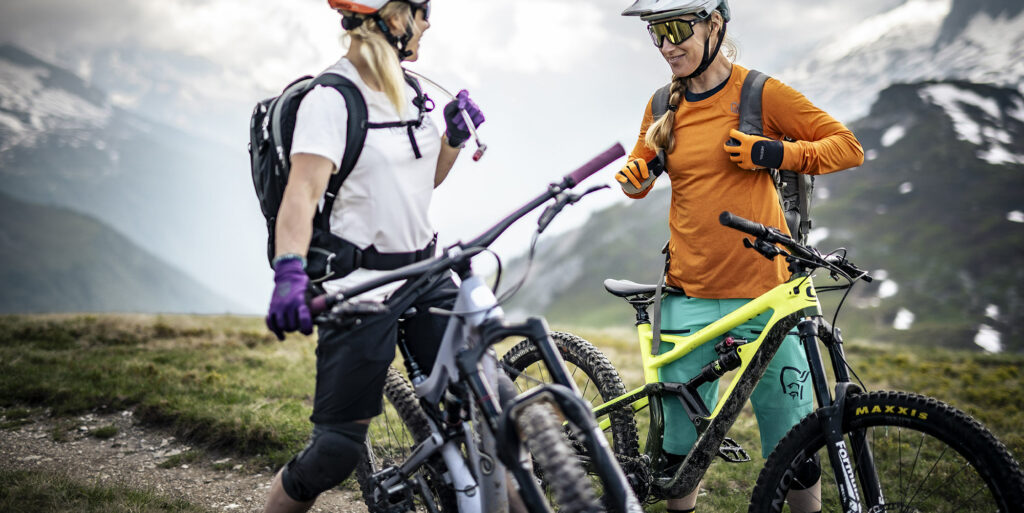

![[REVIEW] Are Hestra Cycling Gloves Good? hestra bike gloves review](https://www.theskierslounge.co.uk/blog/wp-content/uploads/sites/59/2024/05/Hestra-Bicycle-Gloves-Banner-Blog2-1.jpg)
